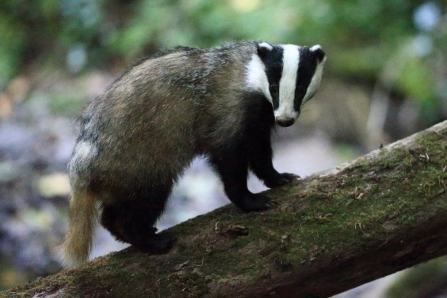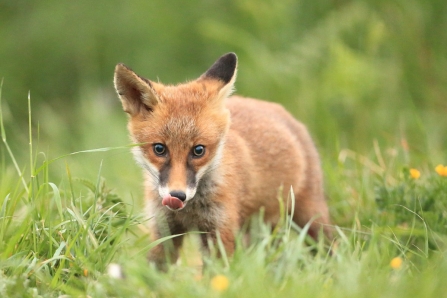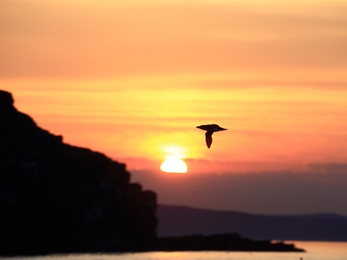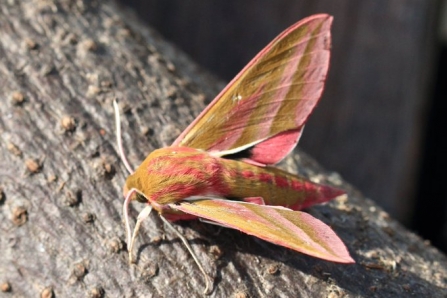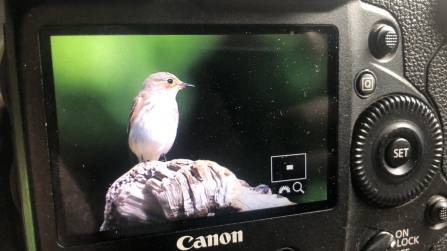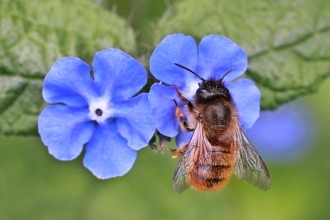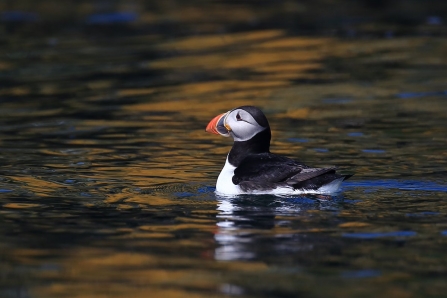Wow, we can’t believe we’re already half-way through #30DaysWild! We hope you’re having a great June so far. We’ve loved seeing what you have been up to and sharing your photos on our social media channels.
To celebrate Nature Photography Day one of our Nature Reserves Officers, Ronald Surgenor, has put together his top 10 tips for nature photography. Nearly all the photos in this blog are his own. Check him out on Twitter or Instagram @RonaldSurgenor.
Some of these tips refer to using an SLR camera, but some are more general tips that can be applied when using a phone.
1. Know Your Subject
Goes without saying, right? Since much of wildlife photography is based upon capturing fleeting moments of nature, it pays to predict your subject’s behaviour. Knowing your subject can make the difference between being ready for capturing that 'golden moment' and watching it fly by you.
There is only one way to get to know wildlife…spend time with them. Don’t just hang around for a few minutes and seek out the next subject if the one you are observing isn’t delivering the goods. Sit with them. Watch them. Wait.
You often learn more about other animals’ behaviour while you are waiting on your target species. Picking up on alarm calls from Wrens and Blackbirds, tunes you in to when predators are moving through woods, letting you get ready for a fleeting glance of a sparrowhawk, fox or pine marten as it hunts through dense cover.


